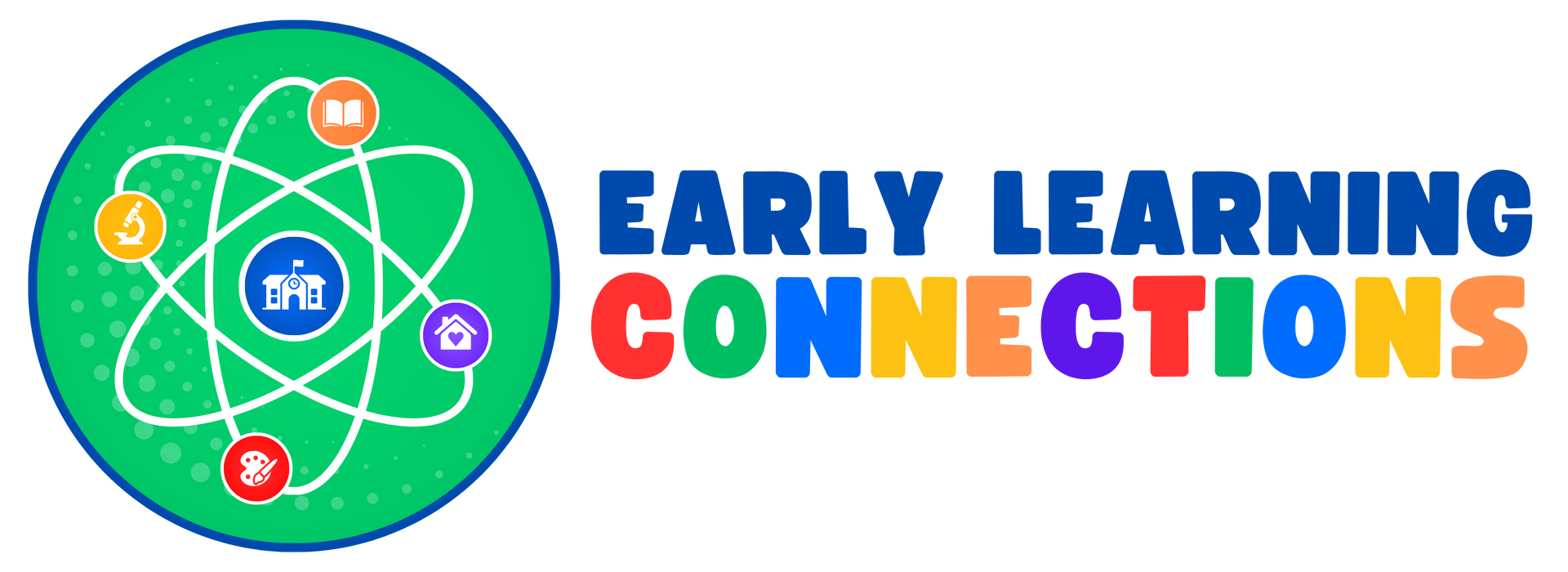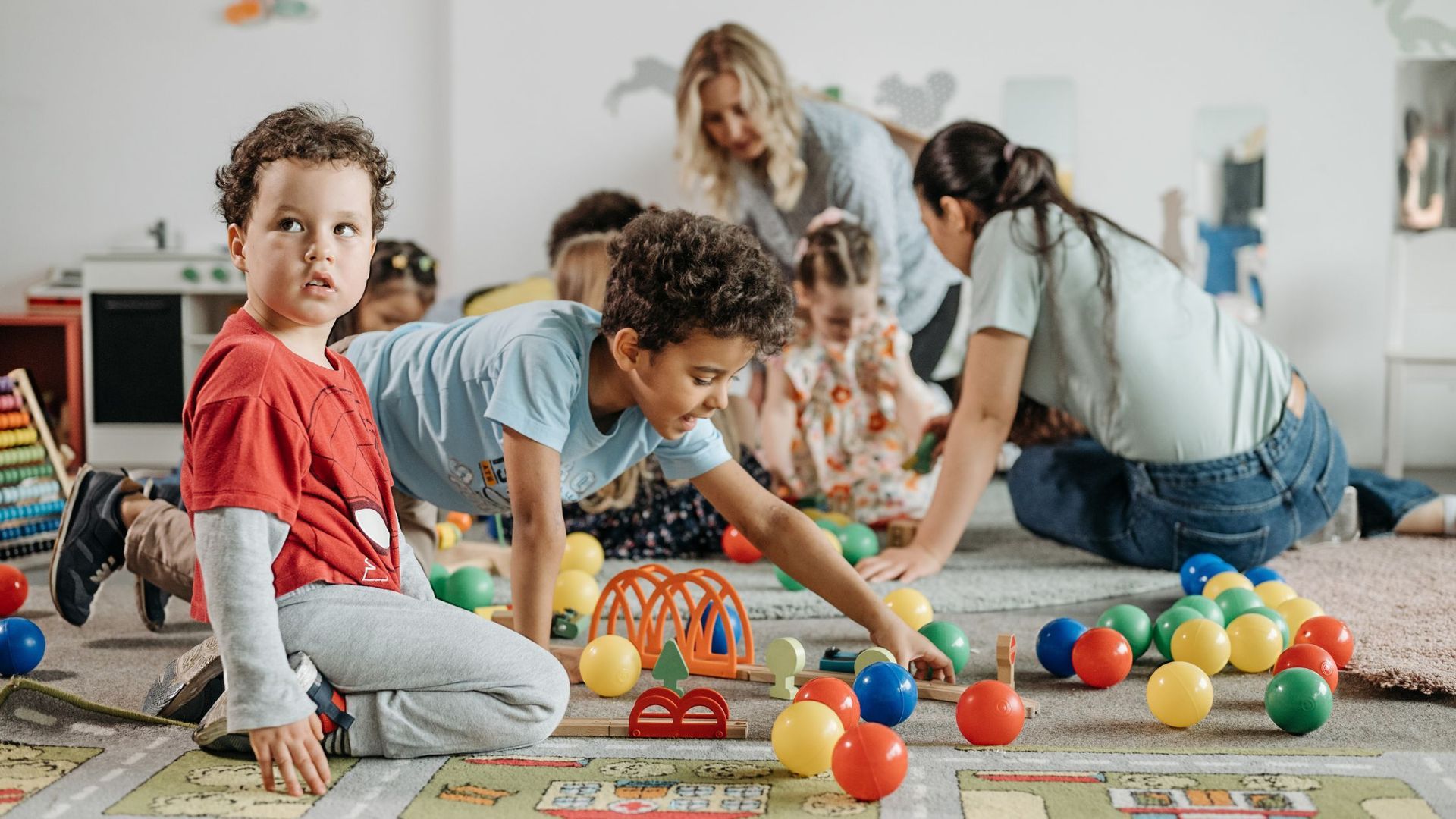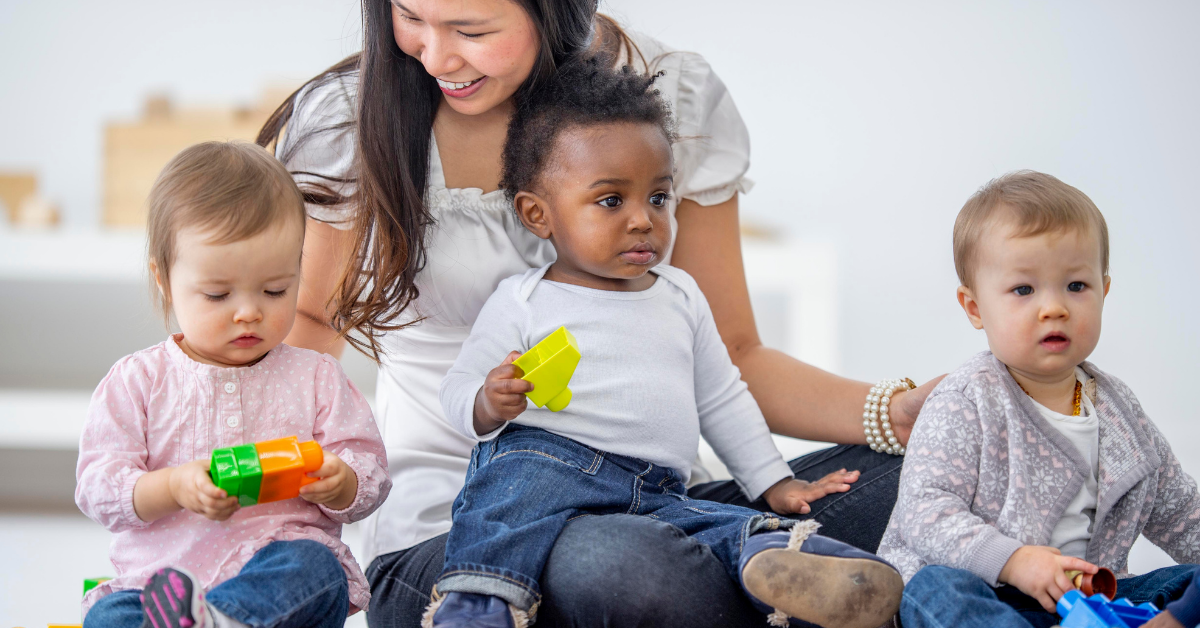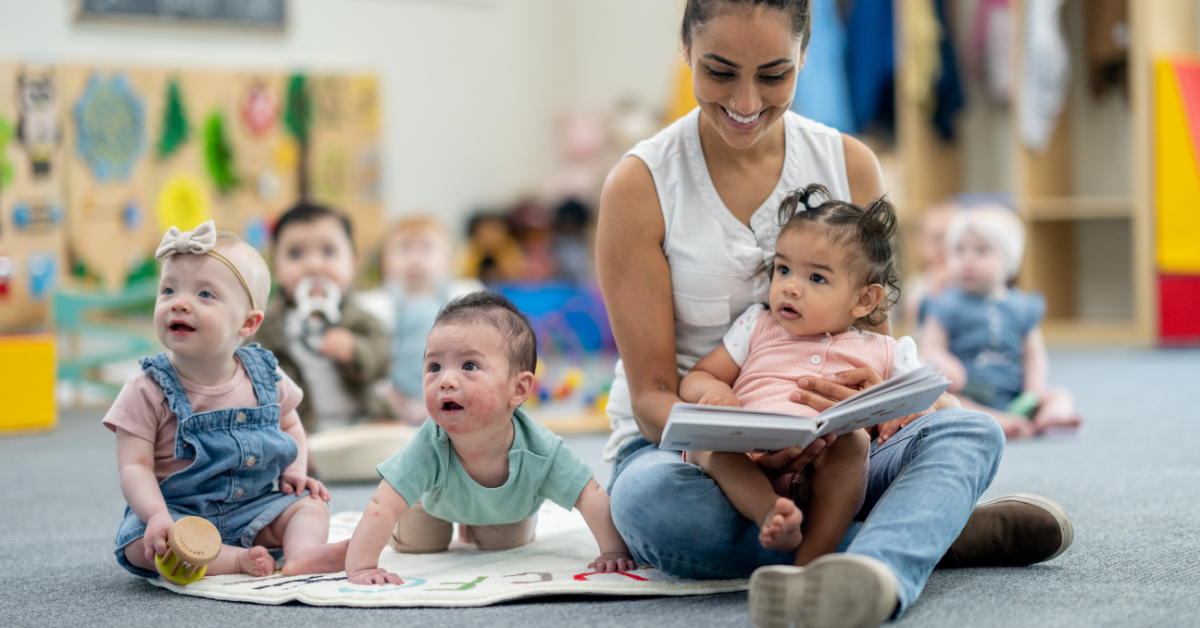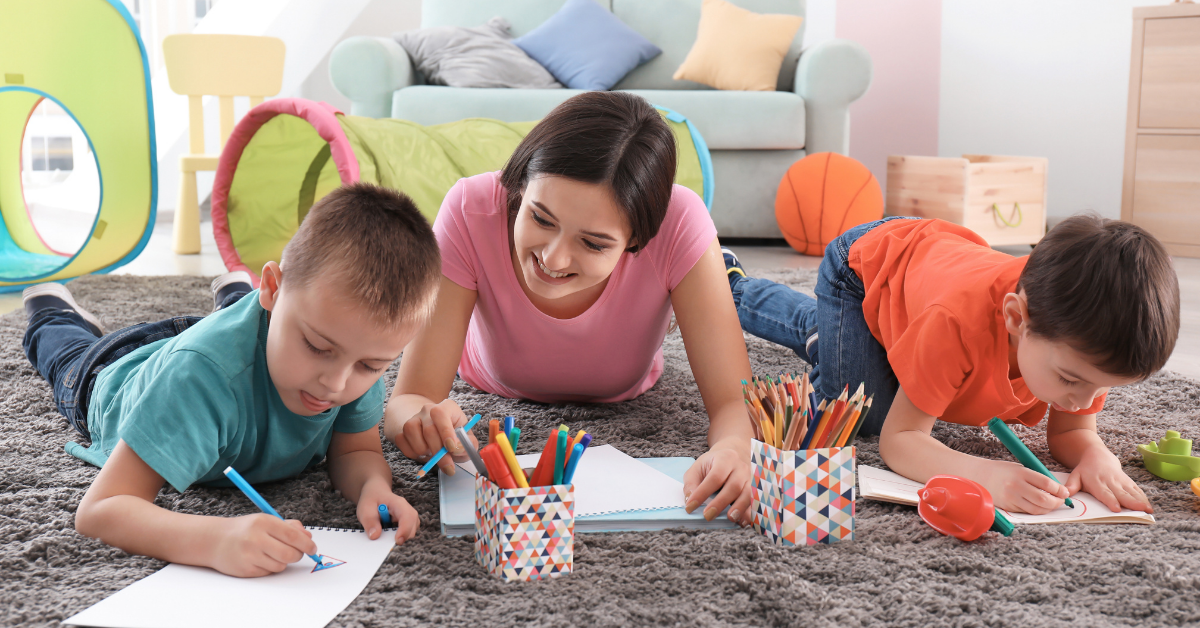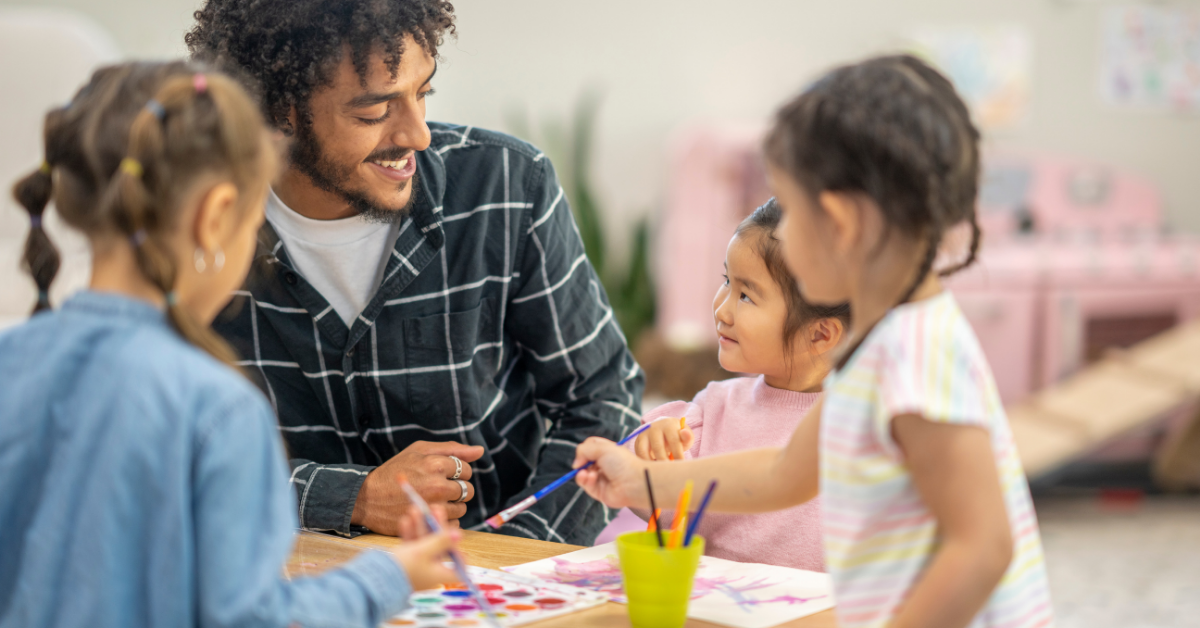Teaching Children the Value of Kindness and Empathy
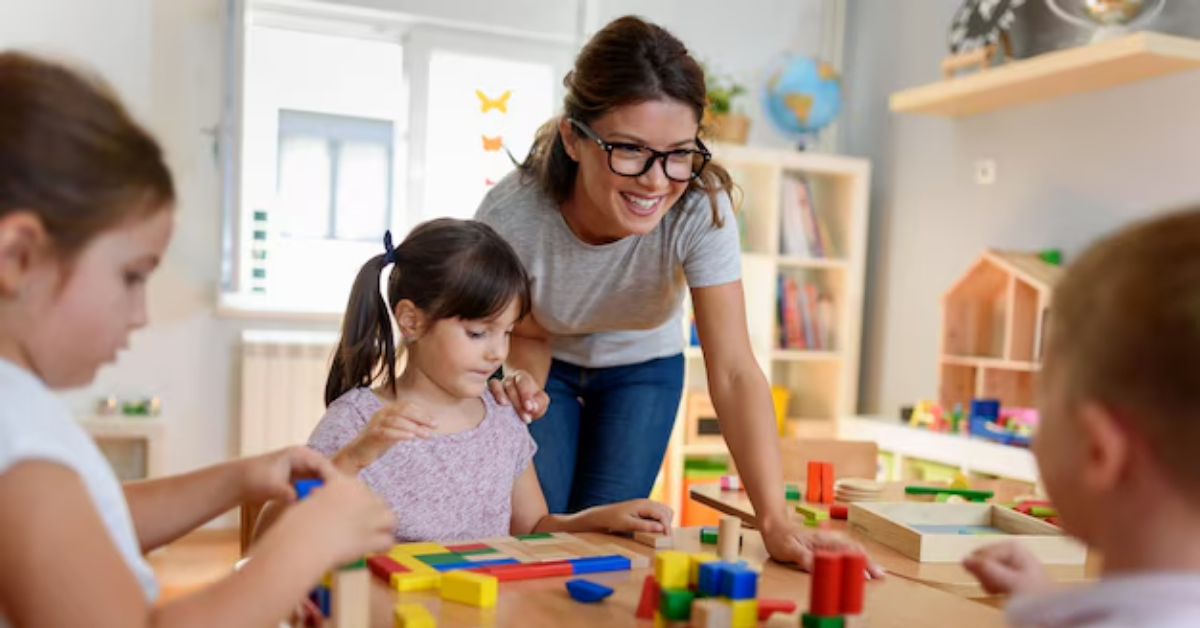
Teaching children kindness and empathy is essential for their social and emotional development. These values help children build meaningful relationships, foster a sense of community, and navigate conflicts with understanding and compassion. Encouraging empathy in young children not only benefits their interactions with others but also nurtures emotional intelligence, creating a foundation for lifelong positive relationships. Here’s how parents and educators can help instill kindness and empathy in children.
Understanding Empathy and Kindness
Empathy is the ability to recognize and understand the feelings of others, while kindness is the expression of caring and compassion through words and actions. When children learn to put themselves in another person’s shoes, they develop a sense of responsibility for their actions and how they impact others.
Children begin to show signs of empathy at an early age, such as comforting a friend who is sad or sharing a toy. These small acts lay the groundwork for deeper emotional connections and a more compassionate outlook on life.
Modeling Positive Behavior
Children learn by observing the actions of those around them. When parents, caregivers, and teachers demonstrate kindness and empathy in their interactions, children naturally mirror those behaviors.
Ways to model empathy include:
- Speaking kindly to others, even in difficult situations.
- Expressing gratitude and appreciation.
- Helping others in need, whether through small gestures or larger acts of generosity.
- Discussing emotions openly and validating children’s feelings.
When adults consistently model kindness, children absorb these behaviors and incorporate them into their daily interactions.
Encouraging Perspective-Taking
Helping children understand different perspectives is a key component of developing empathy. Storytelling, role-playing, and discussions about feelings can enhance a child’s ability to see things from another person’s point of view.
- Reading books with strong moral lessons – Stories featuring characters facing challenges or showing acts of kindness allow children to explore different emotions and reactions.
- Asking reflective questions – “How do you think your friend felt when that happened?” or “What could you do to make them feel better?”
- Role-playing activities – Acting out social situations can help children practice responses to different emotional scenarios.
Teaching the Power of Kindness
Children need to see that small acts of kindness can make a big difference. Encourage them to engage in everyday kind actions, such as:
- Sharing toys and taking turns during playtime.
- Helping a sibling or friend complete a task.
- Complimenting or encouraging others.
- Writing thank-you notes or expressing appreciation for others.
By celebrating acts of kindness, children develop a positive association with being generous and compassionate toward others.
Promoting Emotional Awareness
Understanding emotions—both their own and those of others—is crucial for developing empathy. Encourage children to talk about how they feel and help them recognize emotions in others.
Ways to encourage emotional awareness:
- Using emotion charts or flashcards to identify feelings.
- Encouraging children to express their emotions through words, art, or play.
- Helping children label their emotions and discuss what causes them.
By fostering emotional intelligence, children learn to manage their own feelings while responding with care to those around them.
Creating Opportunities for Kindness
Providing children with opportunities to practice kindness reinforces their ability to empathize and help others. Consider engaging them in activities such as:
- Volunteering at local charities or community events.
- Helping around the house with small chores.
- Participating in kindness challenges at school or in the neighborhood.
When kindness is made a regular practice, it becomes a natural part of a child’s behavior.
Helping Children Navigate Conflict with Compassion
Disagreements and misunderstandings are a normal part of growing up, but teaching children how to resolve conflicts with kindness and empathy helps them build stronger relationships.
Encourage children to:
- Listen actively when someone else is speaking.
- Express their feelings using “I” statements instead of blame (e.g., “I felt sad when you took my toy” instead of “You made me sad”).
- Find solutions together instead of focusing on winning an argument.
Teaching these skills early helps children develop patience, understanding, and the ability to work through challenges with empathy.
Using positive reinforcement can encourage children to practice kindness and empathy, reinforcing compassionate behaviors through praise and support. Learn more about the role of encouragement in child development.
Encouraging independence allows children to take responsibility for their actions and develop empathy by understanding how their choices impact others. Discover ways to foster independence in young children.
Conclusion
Teaching kindness and empathy to children is an ongoing process that requires patience, modeling, and reinforcement. By encouraging emotional awareness, promoting acts of kindness, and providing opportunities for compassionate interactions, parents and educators can help children grow into caring, considerate individuals.
Creating a world where kindness is valued starts with the lessons children learn at home, in school, and in their communities. By fostering these values early on, we empower children to make a positive impact on the world around them.
